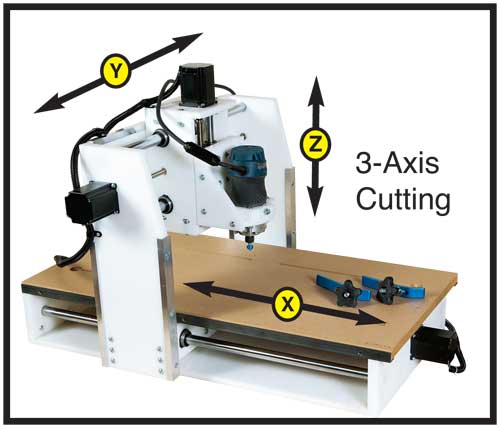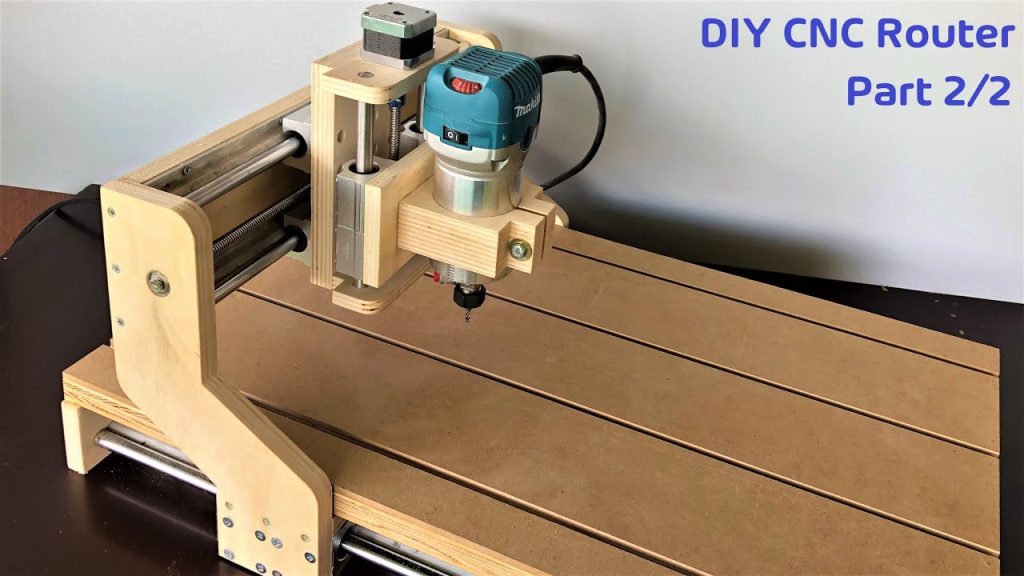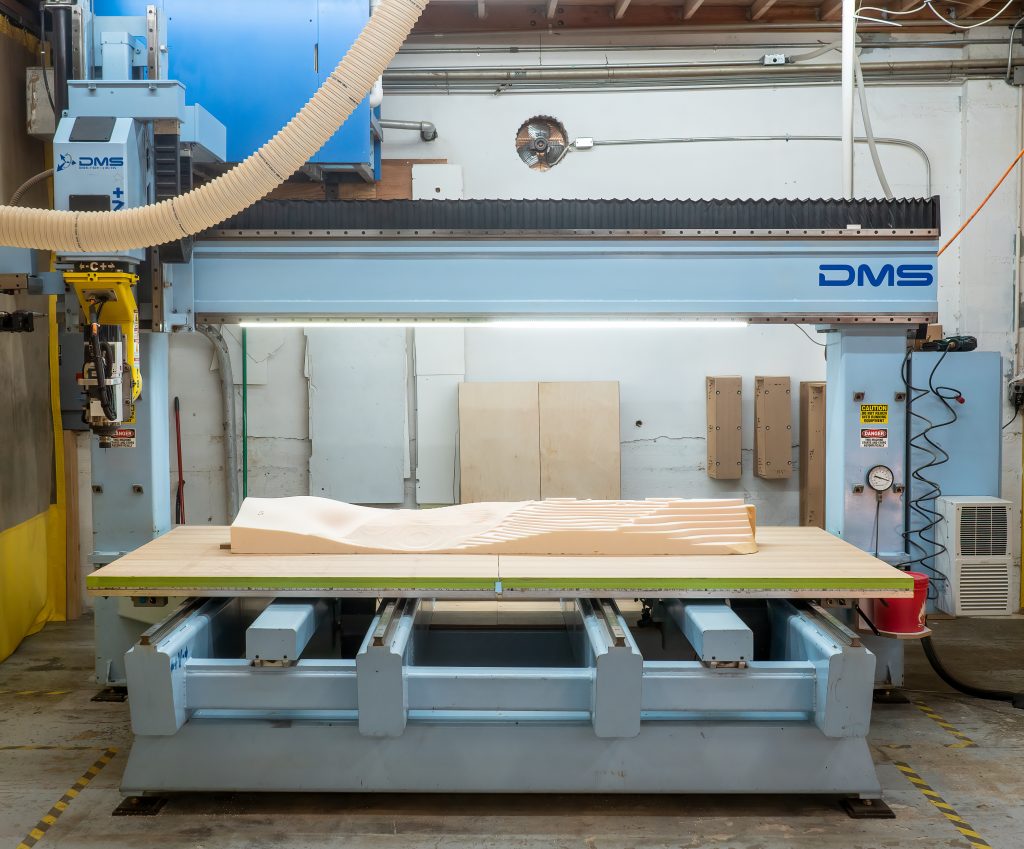Table of Contents
- Routing Aluminum Tread Plate on a CNC Router: What You Need to Know
- Frequently Asked Questions
- Can you route aluminum tread plate on a CNC router?
- What are the benefits of routing aluminum tread plate on a CNC router?
- What are some common applications for aluminum tread plate?
- What are some other materials that can be routed on a CNC router?
- What are some tips for routing aluminum tread plate on a CNC router?
Aluminum tread plate is a versatile material that is widely used in various industries due to its durability, strength, and aesthetic appeal. However, many people wonder if it is possible to route aluminum tread plate on a CNC router.
The short answer is yes, you can route aluminum tread plate on a CNC router. In fact, with the right tools and techniques, it is possible to achieve precise and clean cuts that meet your specific design requirements. In this article, we will explore the process of routing aluminum tread plate on a CNC router and provide tips on how to achieve optimal results.
Routing Aluminum Tread Plate on a CNC Router: What You Need to Know
What is Aluminum Tread Plate?
Aluminum tread plate is a type of metal sheet with a pattern of raised diamonds or lines on one side. It is commonly used for flooring, stairs, and other applications where slip resistance is important. Tread plate is made from aluminum, which is lightweight, durable, and resistant to corrosion.
Benefits of Aluminum Tread Plate:
– Lightweight: Aluminum tread plate is much lighter than steel or other metals, making it easier to transport and install.
– Durable: Aluminum is a strong and durable material that can withstand heavy use and wear.
– Corrosion-resistant: Aluminum resists rust and corrosion, making it ideal for outdoor and marine applications.
– Slip-resistant: The raised pattern on tread plate provides excellent traction, even in wet or slippery conditions.
Uses of Aluminum Tread Plate:
– Flooring: Tread plate is commonly used for flooring in industrial, commercial, and residential settings.
– Stairs: Tread plate can be used for stair treads and nosings, providing a slip-resistant surface for increased safety.
– Vehicle decks: Tread plate is often used for truck and trailer decks, as well as vehicle ramps and loading docks.
– Wall protection: Tread plate can be installed on walls to protect against damage from heavy equipment or traffic.
Can You Route Aluminum Tread Plate on a CNC Router?
Yes, you can route aluminum tread plate on a CNC router. However, there are some important considerations to keep in mind.
Benefits of Routing Aluminum Tread Plate on a CNC Router:
– Precision: A CNC router can cut precise shapes and patterns in aluminum tread plate, ensuring a perfect fit for your project.
– Efficiency: Routing aluminum tread plate on a CNC machine is faster and more efficient than manual cutting methods.
– Versatility: A CNC router can be programmed to cut a wide range of shapes and patterns, allowing for greater design flexibility.
Considerations When Routing Aluminum Tread Plate on a CNC Router:
– Tooling: You will need the right tools and cutters to route aluminum tread plate on a CNC machine. Carbide or diamond-tipped cutters are recommended for best results.
– Speed and feed: Adjusting the speed and feed of the CNC router is important for achieving the best results when routing aluminum tread plate.
– Fixturing: Proper fixturing is essential for holding the aluminum tread plate securely in place during routing. Vacuum tables or clamps can be used for this purpose.
Benefits of Using a CNC Router for Aluminum Tread Plate:
– Accuracy: CNC routers can produce accurate cuts and patterns, ensuring a perfect fit for your project.
– Time-saving: Routing aluminum tread plate on a CNC machine is faster and more efficient than manual cutting methods, saving you time and money.
– Cost-effective: CNC routing can be more cost-effective than other cutting methods, especially for larger projects.
Drawbacks of Using a CNC Router for Aluminum Tread Plate:
– Initial investment: CNC routers can be expensive, and require an initial investment in equipment and training.
– Maintenance: CNC routers require regular maintenance and upkeep to ensure optimal performance and longevity.
– Learning curve: Learning how to use a CNC router for aluminum tread plate can take time and practice, and may require additional training.
Final Thoughts
Routing aluminum tread plate on a CNC router can be a great way to achieve precision cuts and patterns for your project. However, it is important to consider the benefits and drawbacks, as well as the necessary equipment and training required. With the right tools and techniques, CNC routing can be a cost-effective and efficient method for cutting aluminum tread plate.
Frequently Asked Questions
Aluminum tread plate is a popular material used in various applications, such as flooring, stairs, and decorative purposes. Many people wonder if it is possible to route aluminum tread plate on a CNC router. Here are some frequently asked questions and their answers about routing aluminum tread plate on a CNC router.
Can you route aluminum tread plate on a CNC router?
Yes, you can route aluminum tread plate on a CNC router. However, there are some considerations you need to keep in mind to ensure a successful routing process. First, you need to use the right type of router bit. A carbide-tipped bit with a high helix angle is recommended for routing aluminum. This will help prevent the bit from clogging with aluminum chips.
Second, you need to use the right cutting speed and feed rate. Aluminum is a soft metal, so you need to use a higher cutting speed and feed rate compared to other metals. This will help prevent the aluminum from melting and sticking to the router bit. Finally, you need to use a coolant or lubricant to help dissipate the heat generated during the routing process.
What are the benefits of routing aluminum tread plate on a CNC router?
Routing aluminum tread plate on a CNC router has several benefits. First, it allows for precise and accurate cuts, which is essential when working with decorative or functional pieces. CNC routers can cut complex shapes and patterns with ease, allowing you to create intricate designs that would be difficult to achieve with manual tools.
Second, routing aluminum tread plate on a CNC router is faster and more efficient than using manual tools. CNC routers can cut multiple pieces at once, saving you time and increasing productivity. Finally, CNC routers are easy to use and require minimal setup time, making them ideal for small businesses and hobbyists.
What are some common applications for aluminum tread plate?
Aluminum tread plate is a versatile material that is used in various applications. One of the most common applications is for flooring. Aluminum tread plate is slip-resistant and durable, making it ideal for industrial and commercial flooring. It is also used for stairs, ramps, and walkways, where safety is a top priority.
Aluminum tread plate is also used for decorative purposes, such as wall panels, backsplashes, and trim. It has a unique texture and pattern that adds visual interest and dimension to any space. Finally, aluminum tread plate is used for transportation purposes, such as truck beds, trailers, and boat decks, where durability and strength are essential.
What are some other materials that can be routed on a CNC router?
CNC routers can route a wide range of materials, including wood, plastics, composites, and metals. Some common materials that can be routed on a CNC router include MDF, particleboard, acrylic, PVC, polycarbonate, aluminum, brass, and copper. The type of material you choose will depend on your project requirements and the capabilities of your CNC router.
When routing different materials, it is important to use the right type of router bit and cutting parameters to ensure a successful routing process. Each material has its own unique properties and requires a different approach to achieve the best results.
What are some tips for routing aluminum tread plate on a CNC router?
Here are some tips for routing aluminum tread plate on a CNC router:
1. Use a carbide-tipped bit with a high helix angle to prevent clogging.
2. Use a higher cutting speed and feed rate compared to other metals.
3. Use a coolant or lubricant to dissipate heat and prevent melting.
4. Secure the material firmly to prevent vibration and chatter.
5. Use a dust collection system to remove aluminum chips and prevent a fire hazard.
By following these tips, you can ensure a successful and efficient routing process when working with aluminum tread plate on a CNC router.
In conclusion, routing aluminum tread plate on a CNC router is possible, but it requires the right equipment and expertise to achieve the desired results. The process involves selecting the right cutting tools, setting the correct parameters, and ensuring proper cooling to prevent material deformation. With the right combination of skills and tools, you can create precision-cut aluminum tread plates that meet your specifications.
Moreover, routing aluminum tread plate on a CNC router offers several benefits, including faster production times, higher accuracy, and improved consistency. CNC routers can cut intricate designs and shapes with ease, making them ideal for creating customized aluminum tread plates for a wide range of applications. Whether you’re in the automotive, aerospace, or construction industry, routing aluminum tread plates on a CNC router can help you achieve your production goals.
Overall, if you’re looking for a cost-effective and efficient way of cutting aluminum tread plates, routing on a CNC router is an excellent option. With the right tools, knowledge, and skills, you can create high-quality aluminum tread plates that meet your unique needs and requirements. So, why not explore this option and take advantage of the benefits it offers?
Request a quote today!
[contact-form-7 id="1578" title="Contact form"]
Please compress the file into a ZIP or RAR file before uploading. Alternatively, send through your RFQ by email.
enquires@unitymanufacture.com





